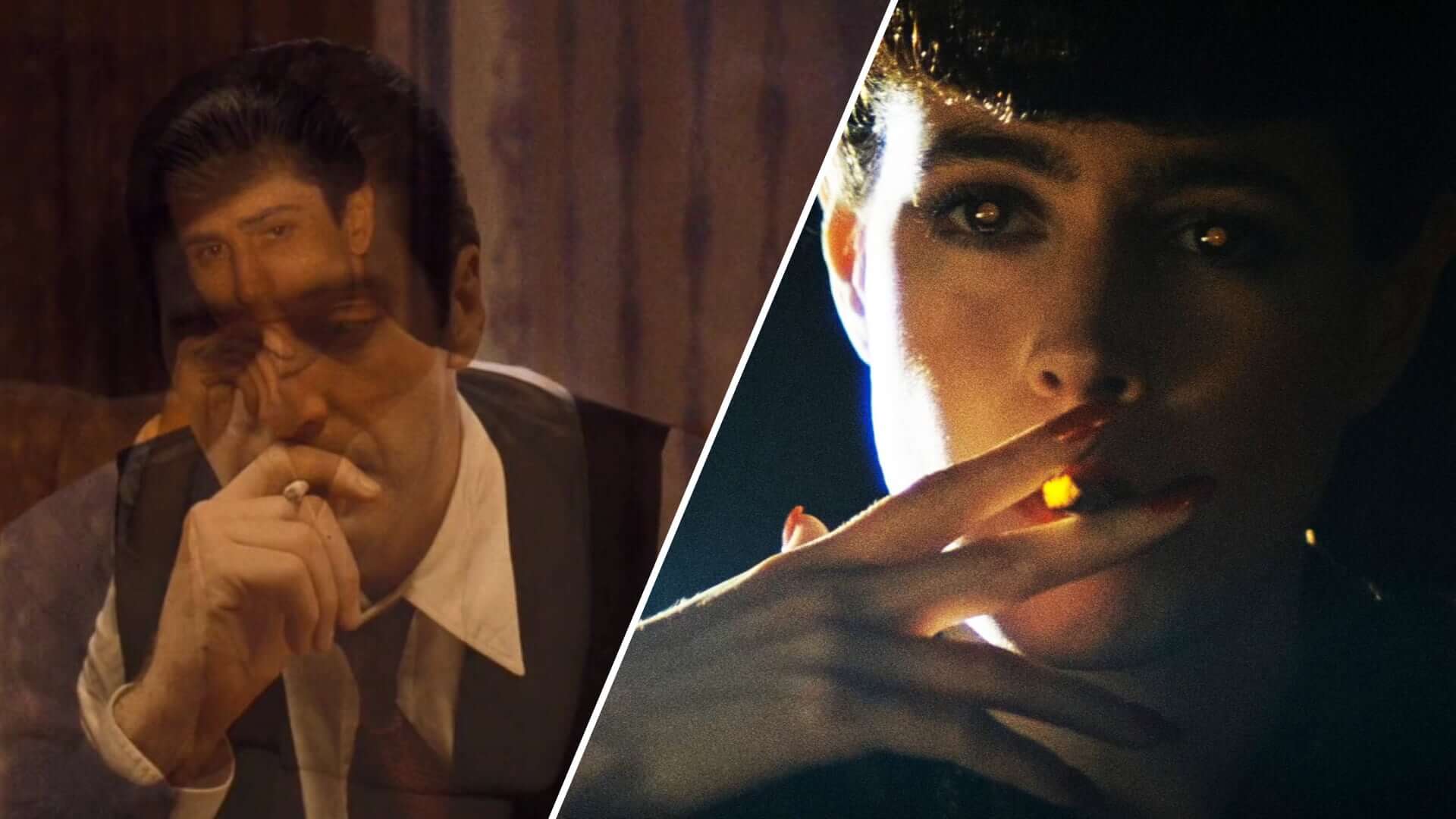Imagine you’re watching a character reminiscing about their past. As they stare into the distance, their present environment gradually fades, and a scene from their past starts to emerge, taking us into their memory. This smooth transition, this blending of two moments, is the magic of a cross fade.
This article aims to uncover the secrets of the cross fade, delving into its intricacies to provide a deeper understanding and enhance your filmmaking knowledge.
What is Cross Fade in Film?
First, let’s define a cross-fade
In the world of filmmaking, editing techniques play a vital role in bringing narratives to life. Among these techniques, the cross fade emerges as a subtle yet powerful tool that often goes unnoticed but is crucial in its impact.
CROSSFADE DEFINITION
What is cross fade in film?
A cross fade, also called a cross dissolve, is an editing technique where one scene gradually transitions into another. This technique involves the simultaneous decrease of audio or visual intensity in one shot and an increase in intensity in the next one. The result is a smooth and seamless blending of two different scenes, creating a brief moment of overlap.
In film, a cross fade often serves as a bridge between two separate moments or settings, providing a fluid continuity that can evoke a range of emotions and implications. For instance, a cross fade might be used to suggest a passage of time between scenes, or to draw parallels between different events or characters.
Differentiating a cross fade from other editing techniques is important. Unlike a straight cut or a wipe, which shift scenes abruptly or directly, a cross fade offers a gentle and gradual transition. It creates a dreamlike connection between scenes, making it a unique and powerful tool for filmmakers.
What is cross fade in film used for?
- Conveying Time Passage
- Creating Emotional Connections
- Drawing Event Parallels
Crossfade Effect
What is Cross Fade Used For?
Much like a well-timed piece of dialogue or a carefully chosen prop, cross fades can serve many purposes in film, from conveying the passage of time to creating emotional connections and drawing parallels between events.
Check out our video breakdown of editing techniques including the cross dissolve down below.
Every Editing Transition Explained • Subscribe on YouTube
Conveying Time Passage
One of the most common uses of cross fades is to denote a passage of time. This technique provides a seamless transition between two different times, making it clear that time has passed without needing any explicit explanation.
For instance, in Citizen Kane (1941), Orson Welles uses the cross fade effect to jump between different periods in Charles Foster Kane's life, effectively showing his journey from a young man to an old one.
Citizen Kane • Cross Fade Transition
Creating Emotional Connections
Cross fades can also be used to forge emotional connections, either between characters or between a character and the audience. By gently transitioning from one scene to another, a cross fade can evoke a sense of nostalgia, longing, or other emotions.
Consider the iconic smoking scene from Blade Runner (1982), where the atmospheric visuals intensify the mood, creating a more immersive and emotional air to the dialogue.
Blade Runner • She's a Replicant
Drawing Event Parallels
Lastly, cross fades can be employed to draw parallels between different events or characters. This technique can highlight similarities or contrasts, adding layers of complexity to the narrative. Perhaps a deeper cut of a transition can be found in Francis Ford Coppola’s The Godfather.
The Godfather • Don Corleone returns home
While this crossfade transition is already quie iconic, let’s explore a reason the fade is meaningful to the story. The transition occurs when Don Corleone learns it was Michael who killed The Turk and the police commissioner. This act by Michael forced him to leave to Italy. The cross fade is used to bridge these two plot points as a cause and effect.
The cross fade is one of the oldest and most enduring editing transitions in film and for good reason. Its place in cinema is undeniable, as it has been used to create some of the more memorable editing transitions in film. It serves both functionally and aesthetically making it a powerful filmmaking technique.
Up Next
Types of Editing Transitions in Film
Having explored the extensive applications and iconic examples of cross fades, let's delve further into the realm of film editing by taking a look at various types of editing transitions.
Up Next: Types of Transitions →
Share your vision with elegant shot lists and storyboards.
Create robust and customizable shot lists. Upload images to make storyboards and slideshows.
